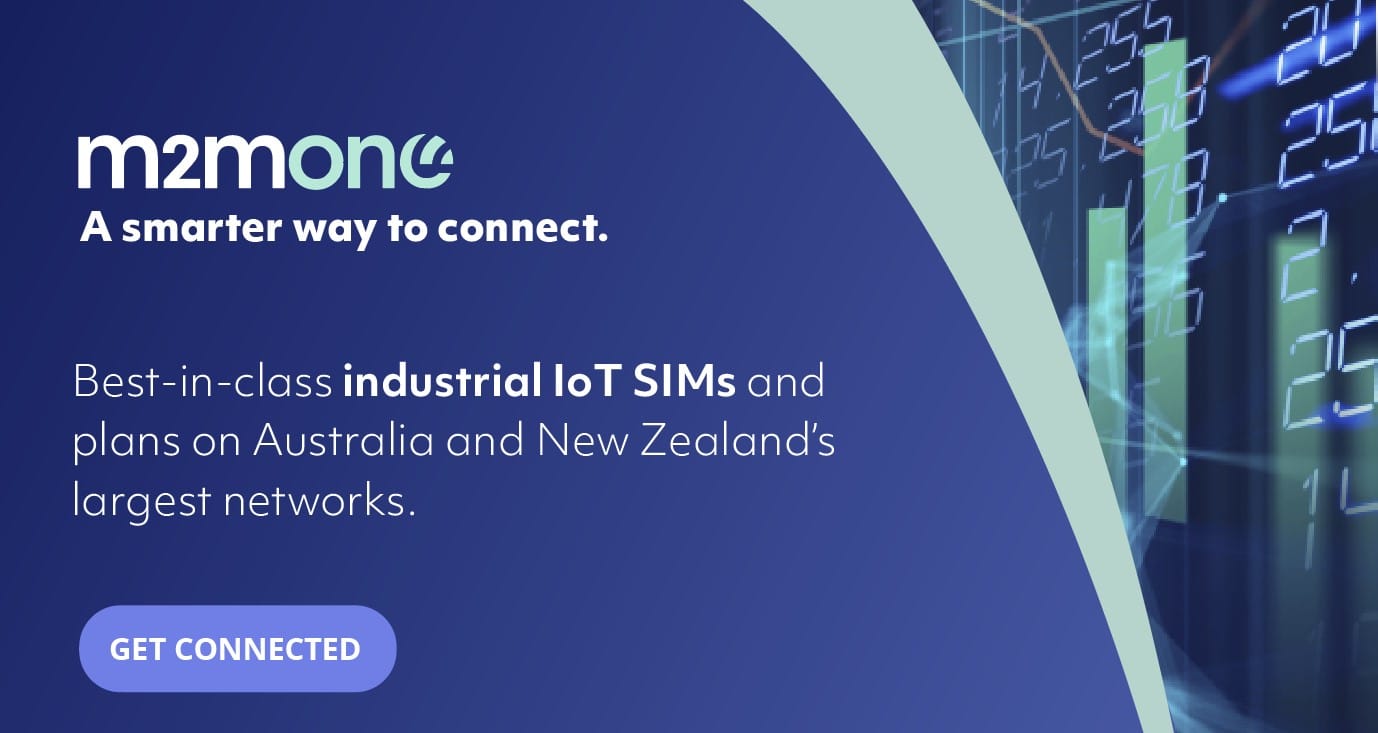Latest posts by Georgia Eierweis (see all)
What is an eSIM?
The term eSIM and eUICC are often used interchangeably, although there is a difference between the two. The eSIM is the hardware component of the SIM and a physical form that can be soldered into a solution. The eUICC (Universal Integrated Circuit Card) is the software component that allows the remote SIM provisioning of multiple network profiles.
An eSIM is a SIM that has been embedded in a device and is sold as part of a larger eSIM solution that also includes the software and subscription management system needed to remotely provision the eSIM and manage its connectivity over time.
With eUICCs, device manufacturers integrating IoT applications into their products can insert an eUICC eSIM card into a circuit board during the manufacturing process as if it were any other component. This eUICC eSIM solution can then be used to provision the eSIM with an appropriate network operator profile at the most convenient time and place in the product’s supply chain.
What is a Global SIM?
As mentioned above, an IoT SIM can also be multi-carrier or a Global SIM. Global SIMs are not tied to a specific carrier and can connect to cellular networks owned and operated by multiple MNOs in the same country, or different countries.
Some Global SIMs, which are often based on the eUICC standard, can automatically detect, and connect to another network if the IoT device it is installed in moves and is not able to connect to its primary carrier in a country or region, or if taken out of this country or region into a location where this primary carrier does not provide coverage.
Whilst a Global SIM enables an IoT device to connect to cellular networks from multiple carriers, unless the device’s owner has contracted for connectivity from the carrier or Virtual Mobile Network Operator (VMNO) that can provide access to networks other than its primary network, the device will not be able to connect to them.
Like rugged and eSIMs, Global SIMs are not unique IoT devices. What really differentiates an IoT SIM from any other SIM is that rather than being used to provide access to a connectivity service designed to be used by smartphones, it provides access to an IoT connectivity service designed to be used by IoT devices.
When will this become available in Australia?
The development of the eSIM (eUICC) capability is still at least 6 months away from being deployed in Australia, as a whole. Whilst it is available on some mobile phones, the technology is yet to be carried over to the IoT industry. This is because it relies on the protocols explained above to be finalised by both the SIM and device manufacturers, and the local and global carriers.
Please keep in mind if you find a global e-SIM offering by an overseas carrier, the ability to roam in Australia will be restricted to 3 months as regulated by Telstra and our Government.
If you are looking at deploying a device that will rely on e-SIM (eUICC) compatibility, please contact our team so we can help guide you through this project until deployment of the eUICC becomes available to Telstra
Additional Resources
Get Connected! To view our options for Managed Connectivity Services head to www.m2mone.com.au
You might also enjoy these resources:






